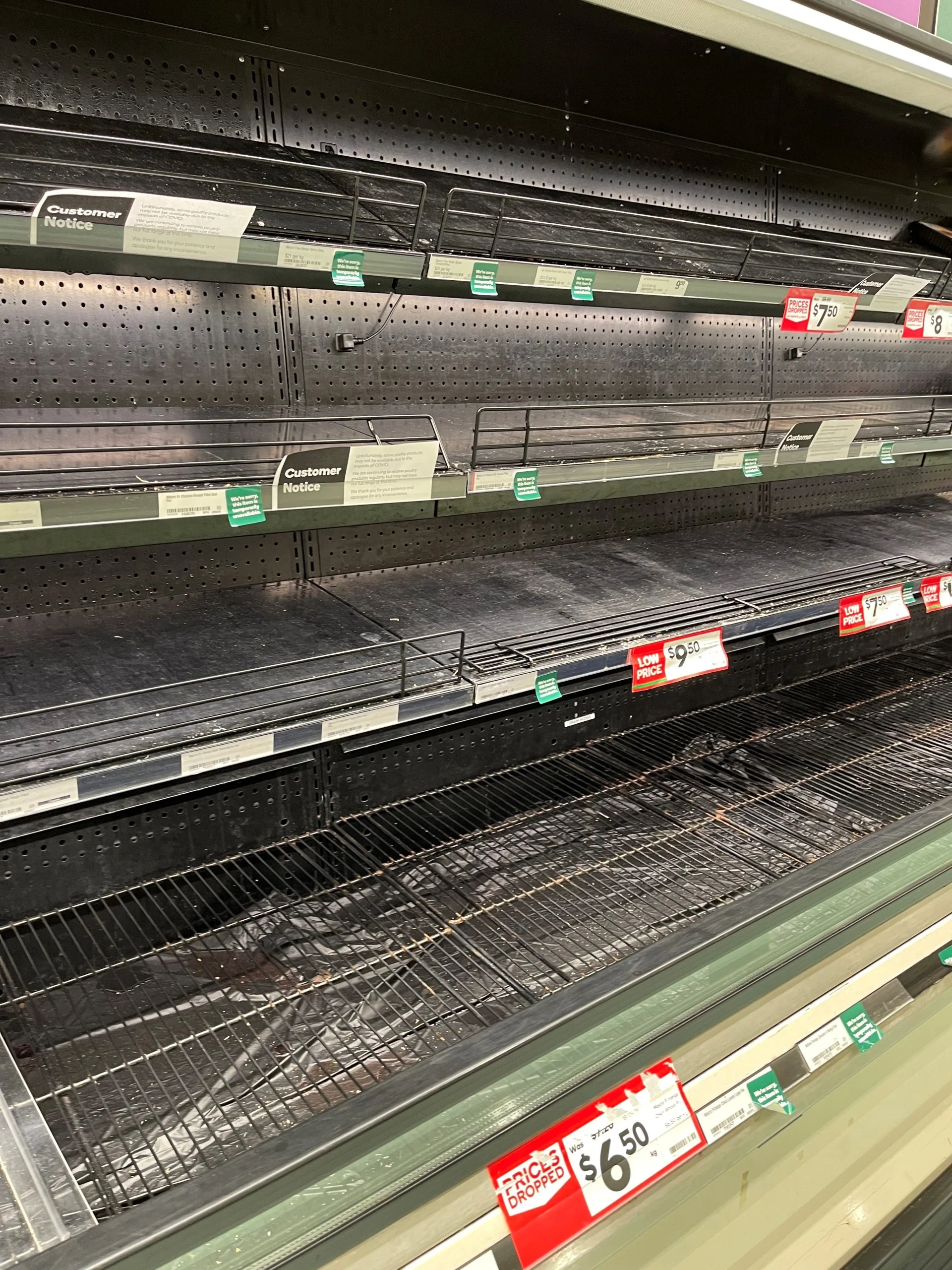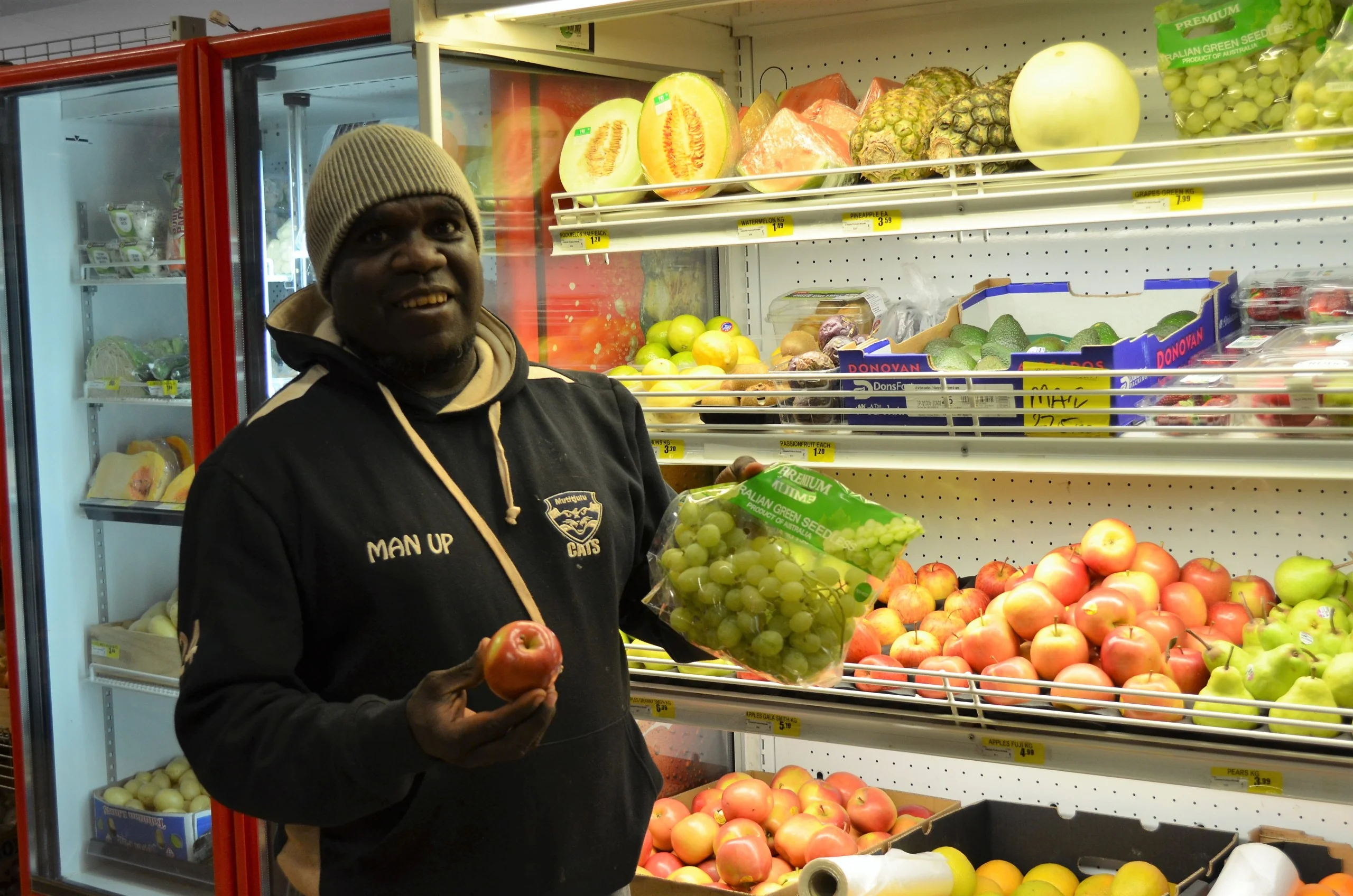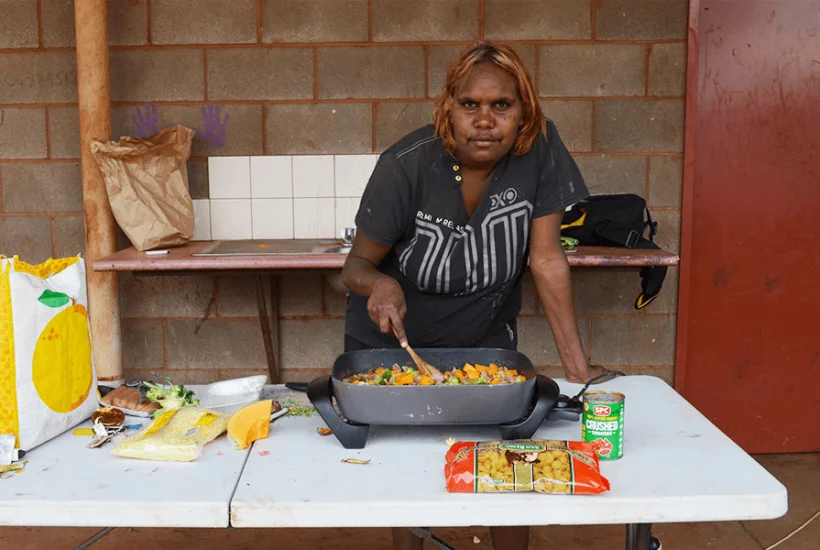One-off handouts such as those promised in the recent Federal Budget will do little to resolve a “perfect storm” of conditions affecting food security.
Rather, structural fixes are needed to address the drivers of poverty, and there is plenty of evidence from the research literature to guide policymakers, write Professor Amanda Lee, Lisa-Maree Herron and Professor Bronwyn Fredericks from the UQ School of Public Health.
The increasing cost of living in Australia has been leading news for weeks. Easing this is the crux of this year’s Federal Budget.
A one-off $250 welfare payment and a $420 increase in the temporary low and middle income tax offset may help many families tie ends together for a week or so, but will be outweighed by escalating household costs.
The six-month fuel excise cut will help those in the city – whether they need this or not – but will barely make a crack in the cost of living for people living in remote regions.

For welfare recipients, casual workers, and hundreds of thousands of Australians whose incomes are around the poverty line – such as aged care staff, most of whom are still waiting for the bonus promised in January – this won’t be enough to stop spiralling into financial stress.
The cost of healthy food is skyrocketing. Many Australians struggling with stagnant wages, under-employment and rising rents can no longer afford enough basic food to sustain health and wellbeing.
Last year Foodbank estimated that more than one in six adults, and 1.2 million Australian children, were experiencing severe food insecurity.
Small handouts won’t support ongoing food security for families. What is needed are structural fixes that address the drivers of poverty.
Food security is essential for health
Poor diet is at the root of many of the diseases that cause premature death and disability, like heart disease, diabetes and some cancers. Hence, ensuring people can access and afford a healthy diet is key to preventing chronic diseases and reducing their impact on individuals, families and society.
Budget measures to make medicines more affordable may assist individuals, but preventing disease is less costly for governments and less distressing for communities.
Healthy, sustainable diets can help mitigate climate change too.
Food security means everyone is able to obtain sufficient quantity and quality (safe and nutritious) food for their health and wellbeing. It is impacted at global, national and household/individual levels by both gradual stresses – like climate change, population growth and drought – and sudden ‘shocks’, such as floods, bushfires, war, pests and pandemics.
So right now we’re in the midst of a perfect storm of food insecurity.

Healthy foods are less available because of impacts of bushfires and floods on local production, distribution and store outlets; shortages of national supply chain workers (including produce pickers and supermarket workers) due to COVID-19 containment measures; and panic buying.
Food prices are increasing due to rising fuel, feed and fertiliser costs, and disruptions to local and global food production and supply due to COVID-19, climate change and extreme weather events, and now the impacts of the Russian invasion of Ukraine.
Supermarket CEOs have warned these pressures mean prices of fresh and frozen vegetables and fruit, as well as meat and other staples, will continue rising in coming weeks. This comes on the back of significant increases to the price of most healthy foods during the COVID-19 pandemic, shown in recent studies in Queensland and Victoria.
As prices of healthy food are driven upwards, unhealthy ultra-processed foods have become relatively cheaper. So many families are consuming less healthy diets, which is already having adverse health impacts – those “COVID kilos” – and will even more so in the future.
Unaffordability of healthy diets and impacts of poverty
Healthy diets are unaffordable when they cost more than 30 percent of household income. This is now the case for many Australians.
Before the pandemic, families on welfare income already had to spend nearly half their household income to buy a healthy diet, and those in rural and remote areas, even more.
Our recent studies confirm over 30 years of data showing diet costs increase in line with remoteness: healthy diets cost 34 percent more in very remote areas of Queensland than in Brisbane, and a whopping 41 percent more in the Torres Strait Islands.
Despite strong coping strategies, such as sharing food resources, remote Aboriginal and Torres Strait Islander communities are most impacted by food insecurity. Major reasons are the ongoing effects of colonisation – entrenched poverty, social disadvantage and systemic failures.
Managing food security is a key part of closing the gap. Yet Australia has invested little in a fix and has no coordinated governance systems in place to tackle food security.

What can be done?
The good news is that food security can be improved through bold public policy measures, in the areas of trade, agriculture and social security.
Firstly, we need an active national food security and nutrition policy, developed at the highest levels of government in partnership with Aboriginal and Torres Strait Islander Peoples.
While there is a Budget allocation to develop a “National nutrition policy framework”, funds are for feasibility studies – ‘planning to plan’ – when it is already known what actions are needed.
This should include regulatory strategies to make healthy food and drinks relatively inexpensive by subsidising the prices of healthy items and boosting levies on the ultra-processed foods and sugary drinks that are making people sick. This could be done easily by increasing the GST on unhealthy food and drinks to 20 percent. The increased revenue could be spent on income support and implementing the nutrition policy.
Also a review of local food supply chains is urgently required, to move on from the current “just enough, just in time” food distribution approach and improve availability of healthy foods at all times.
But low household income is the most consistent determinant of food insecurity. So, the most effective policy lever the Australian Government can pull to improve food security is to permanently boost economic support for low-income families.
The ‘natural experiment’ created when the Australian Government provided Coronavirus Supplements to those receiving welfare payments in 2020 demonstrated that boosting household income increased food security and made healthy diets affordable for thousands of families for the first time.
An ACOSS survey also showed that four out of five people who received the supplements were able to eat healthier and more regularly than they did before the COVID-19 pandemic.
If there is one thing that we have learnt in the COVID-19 pandemic, it is that healthy people are key to a healthy economy.
This should be the root of government policy – and budgets. Permanently increasing welfare support for low-income families is the best way to ease cost-of-living pressures and help families afford the food they need to be healthy, strong and productive.

This article is re-published from Croakey Health Media.
